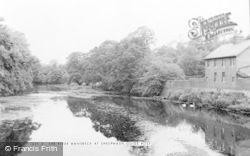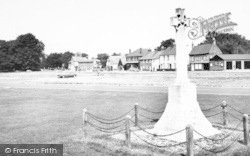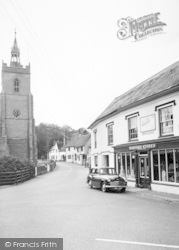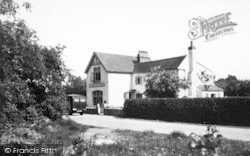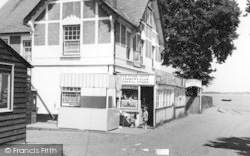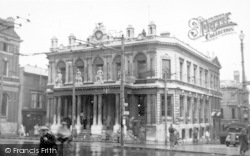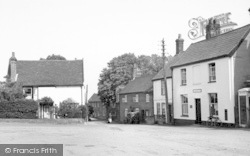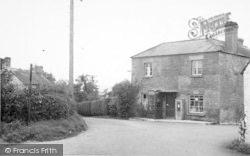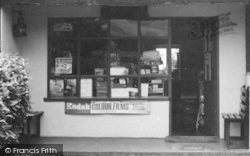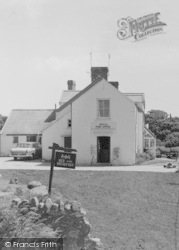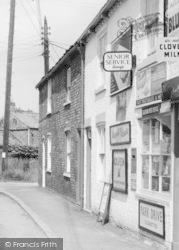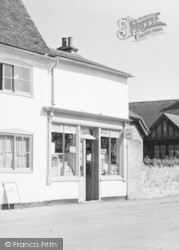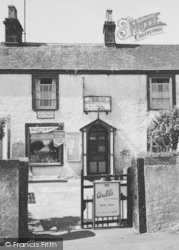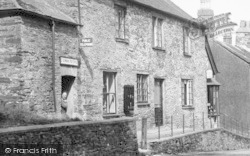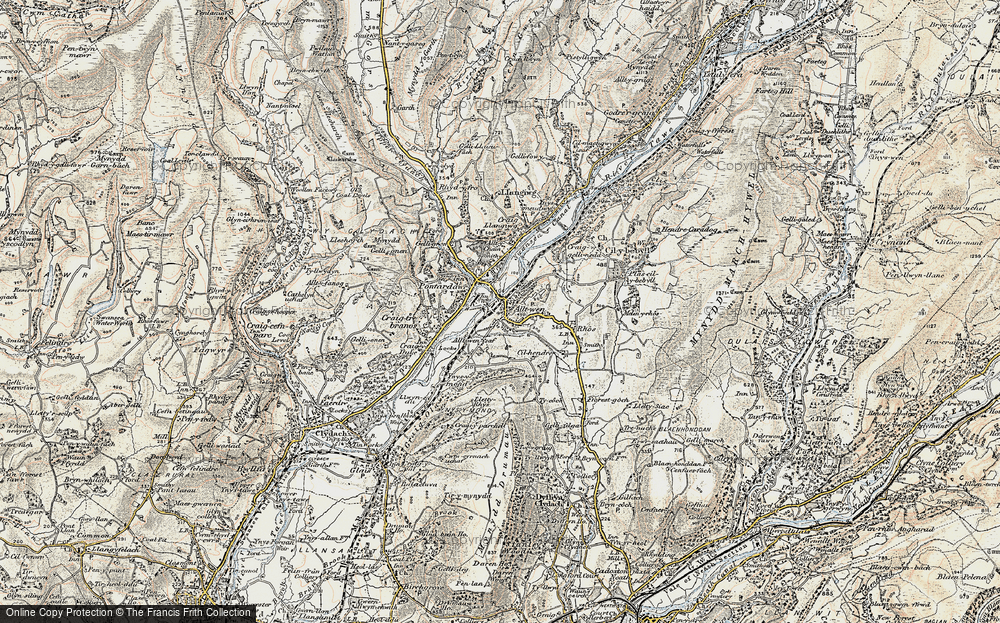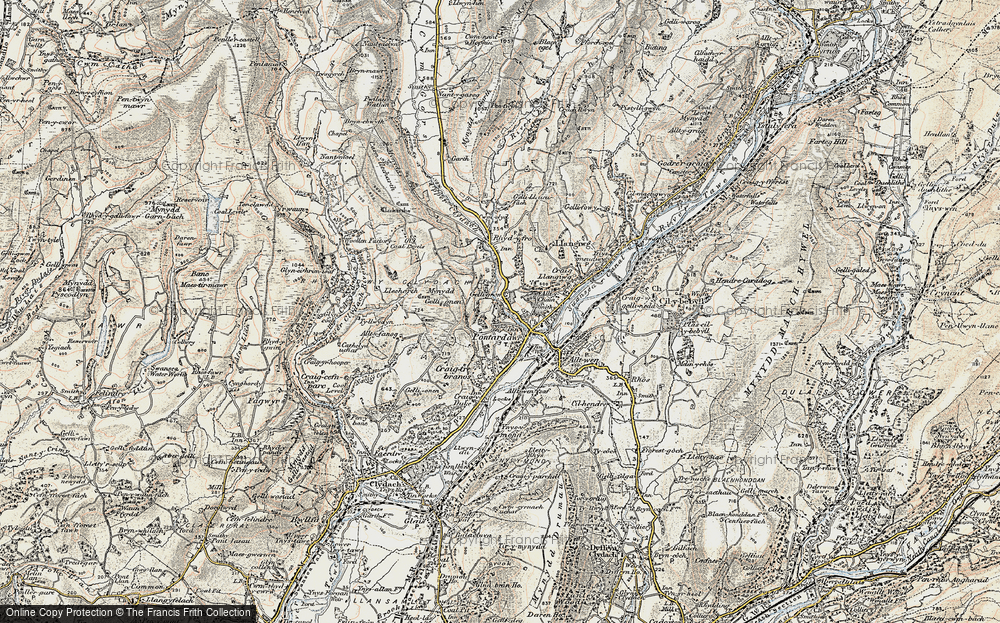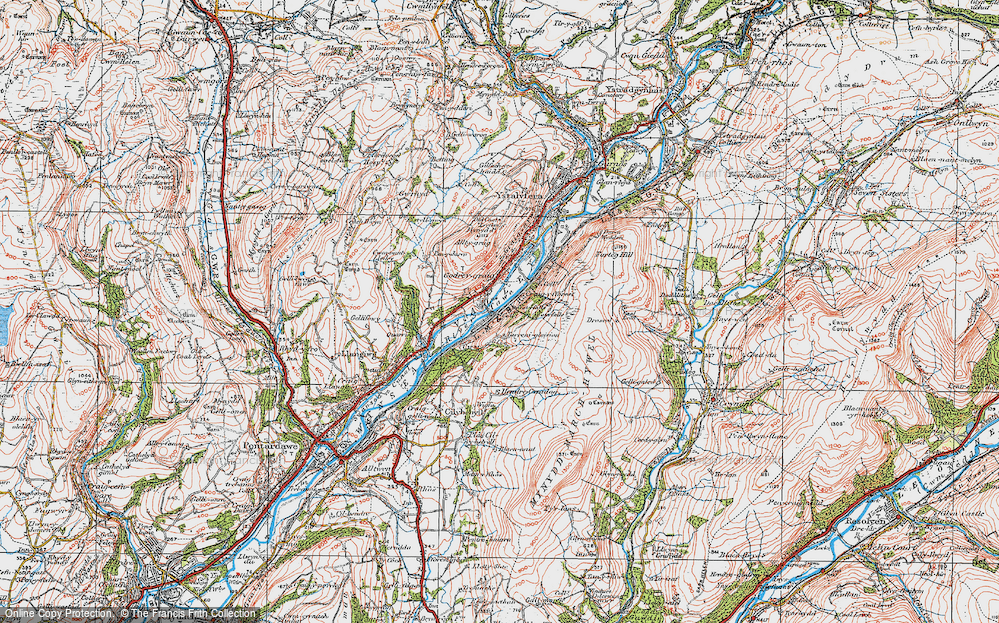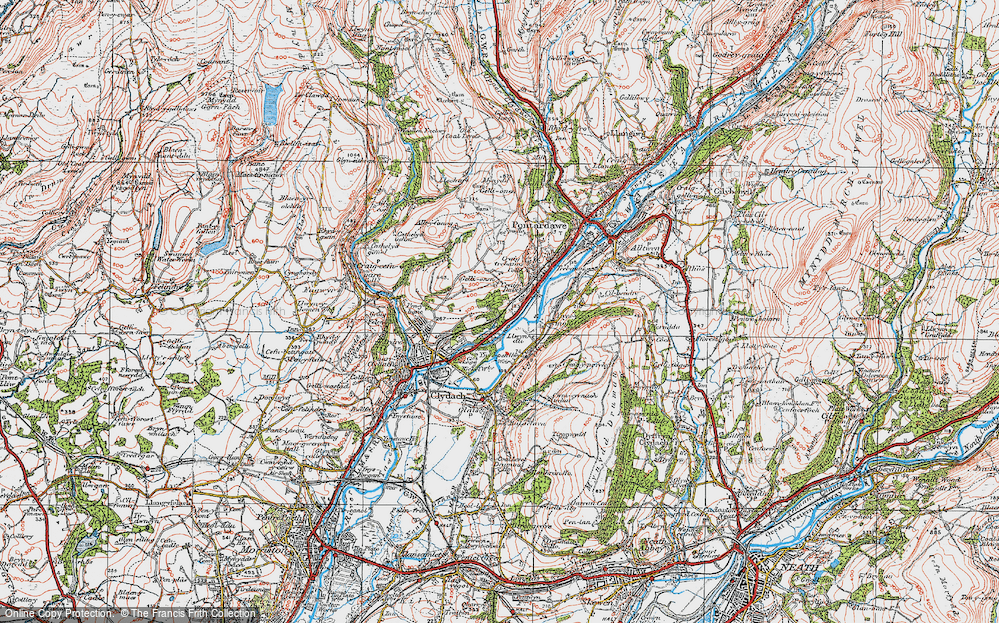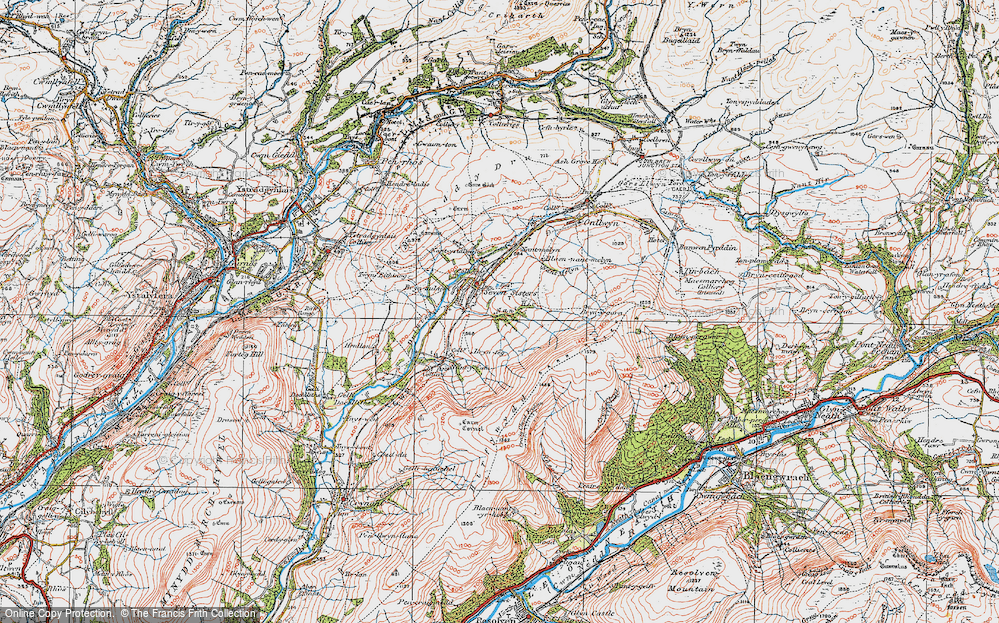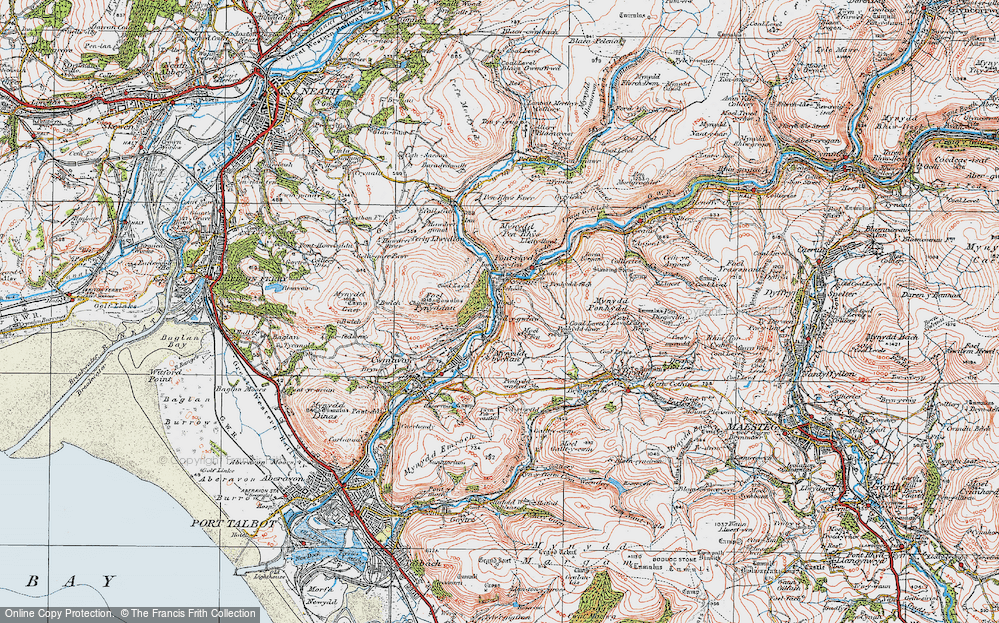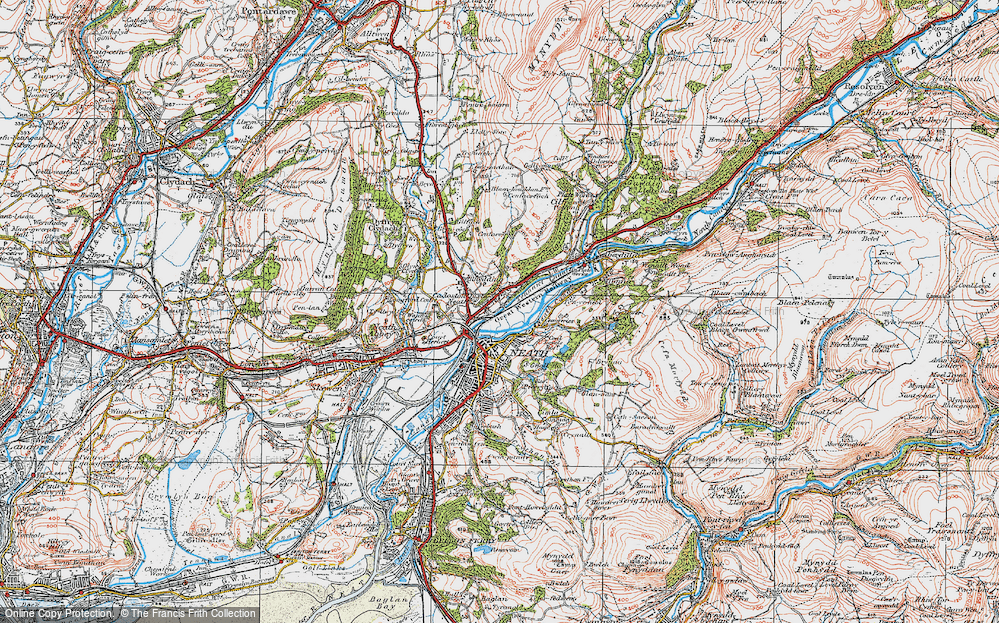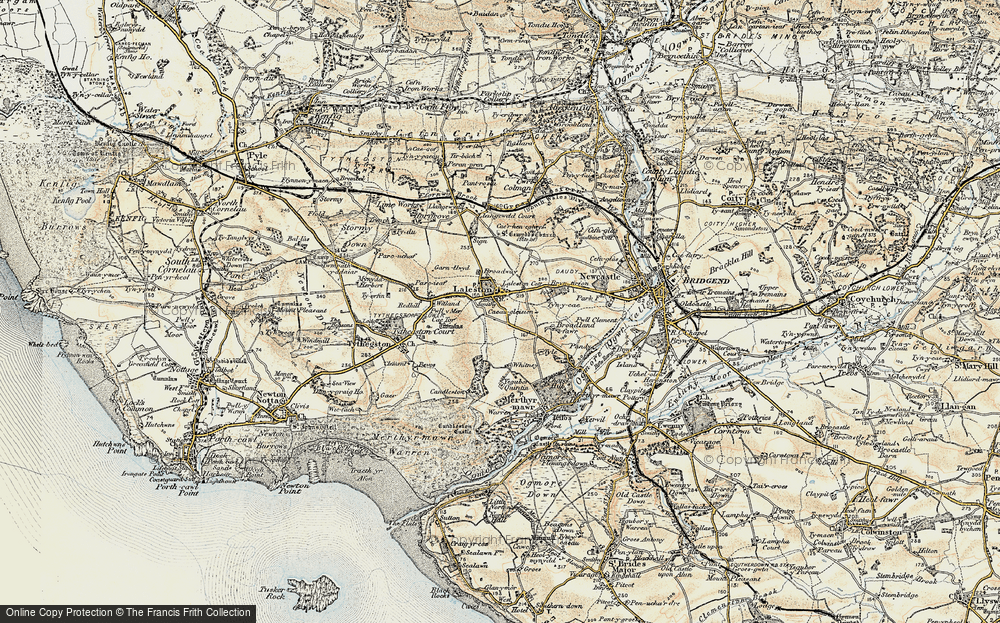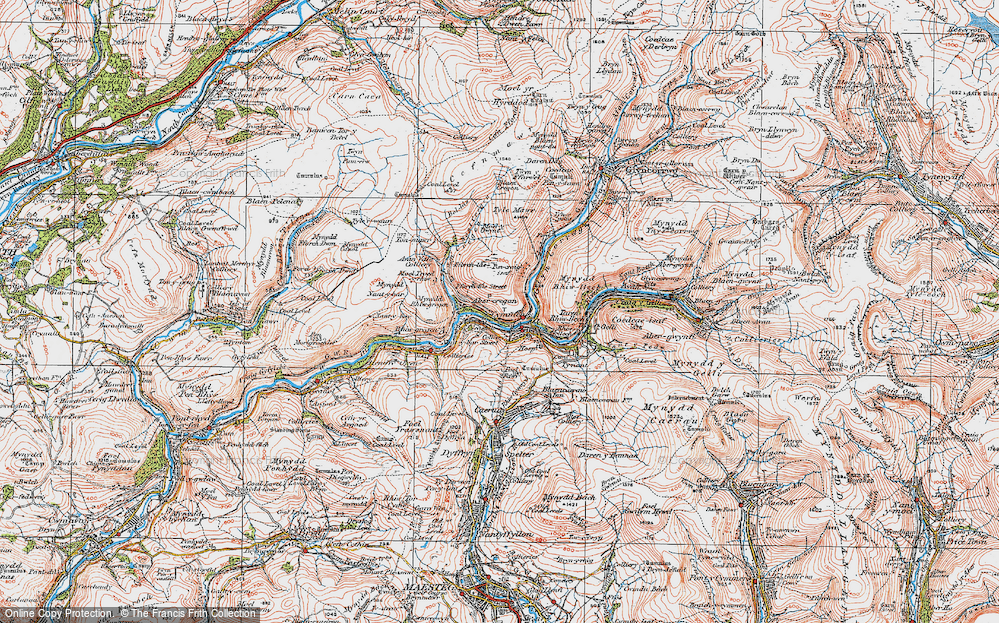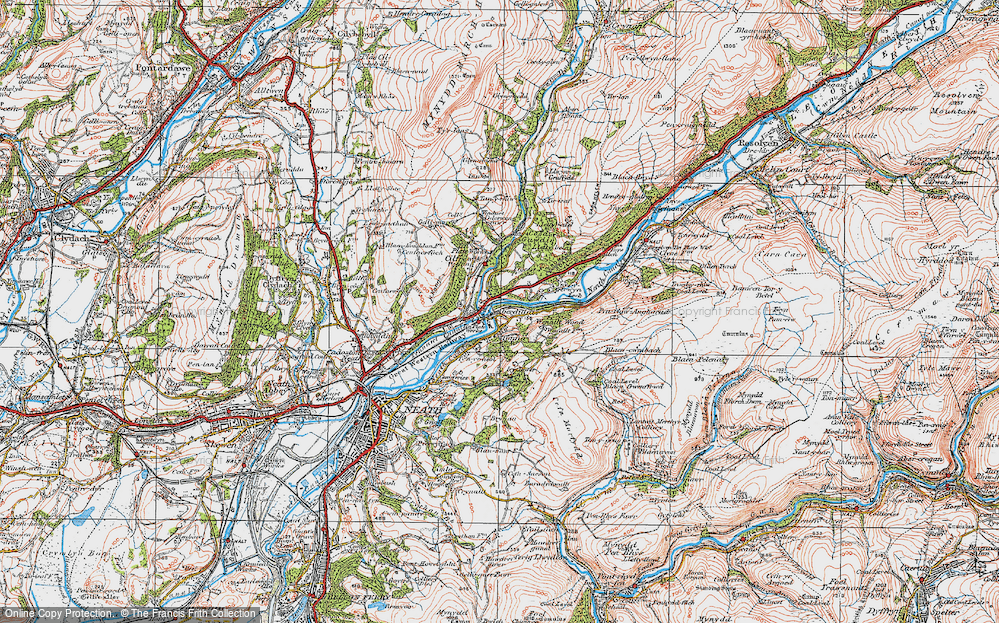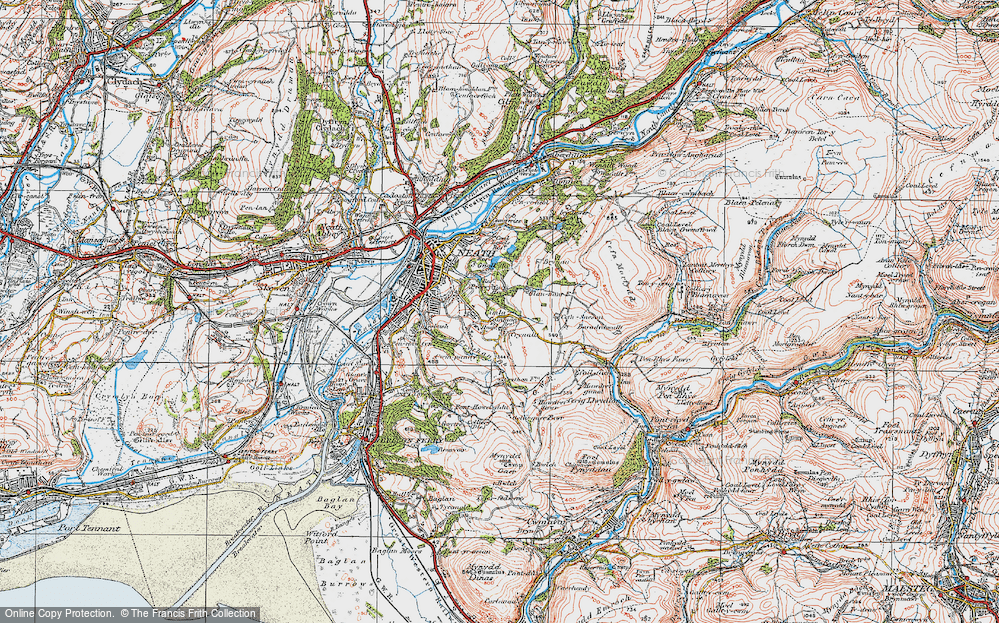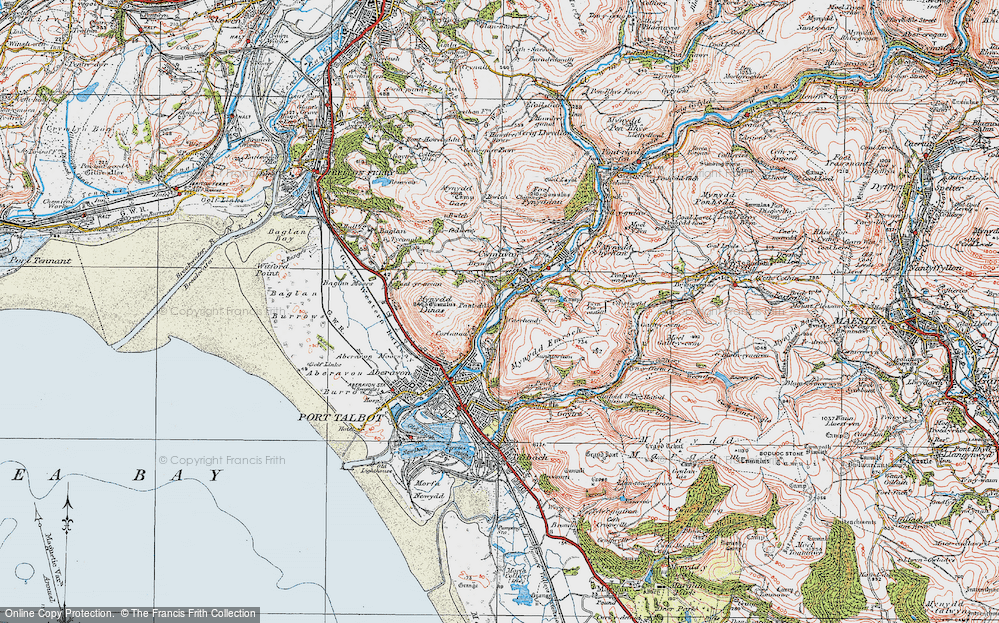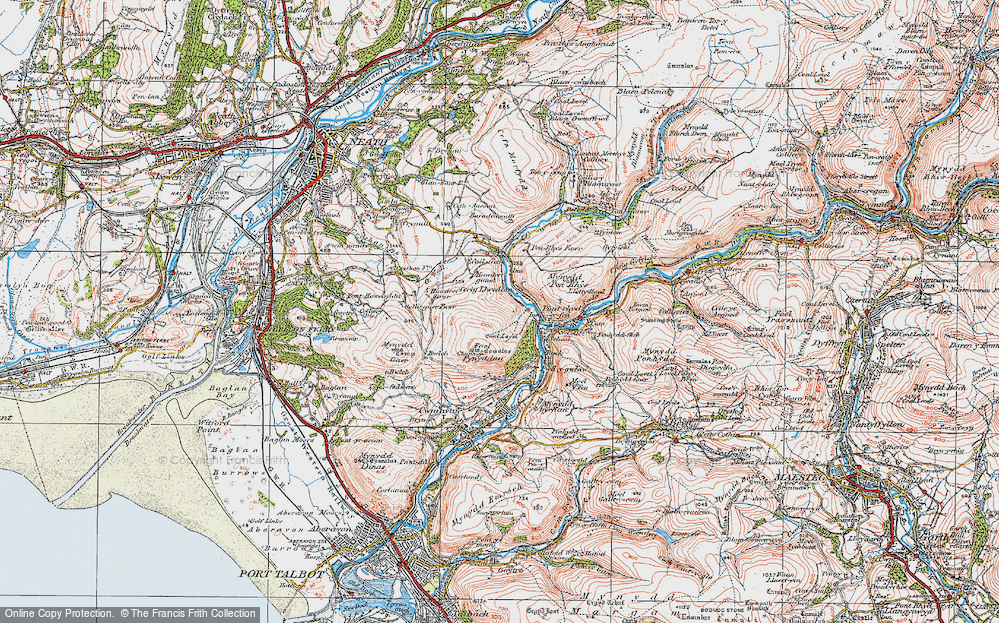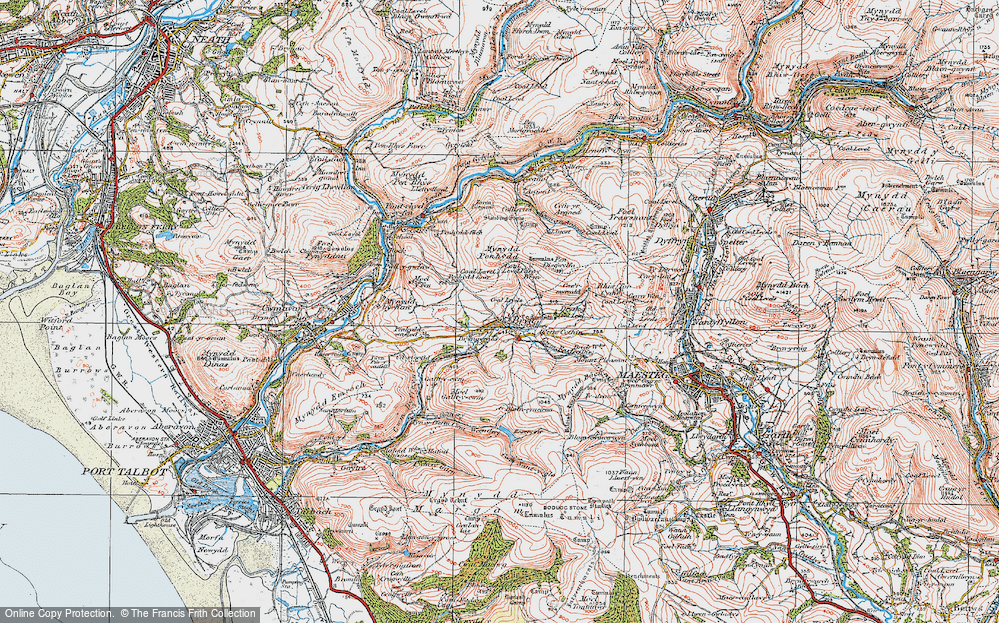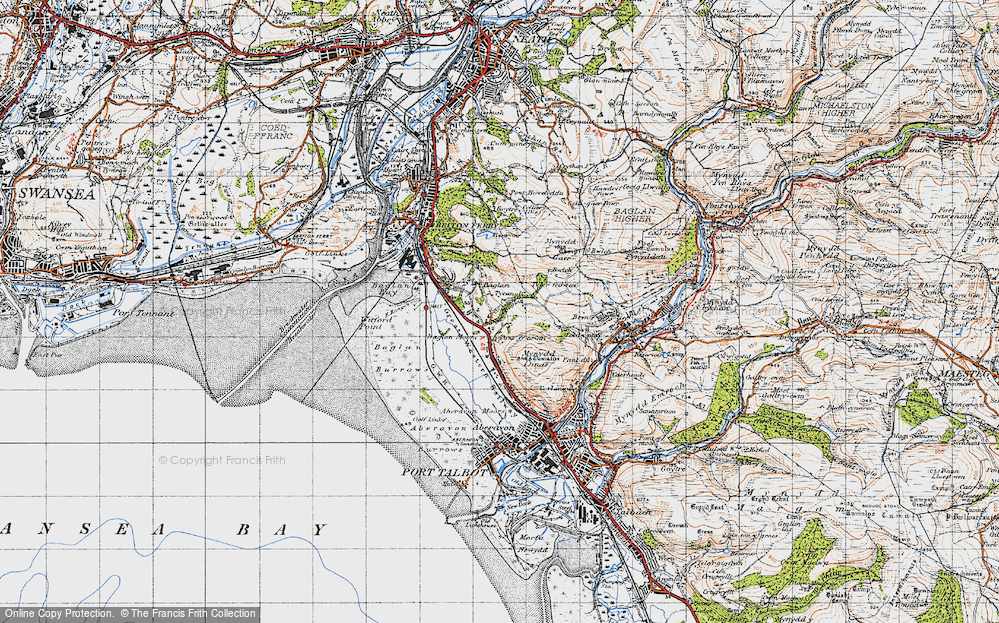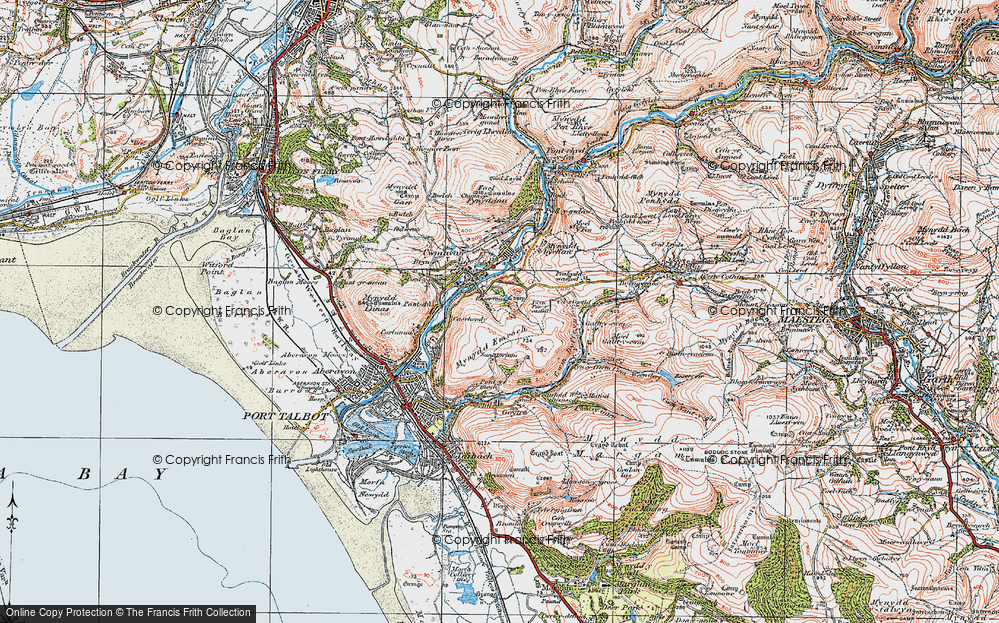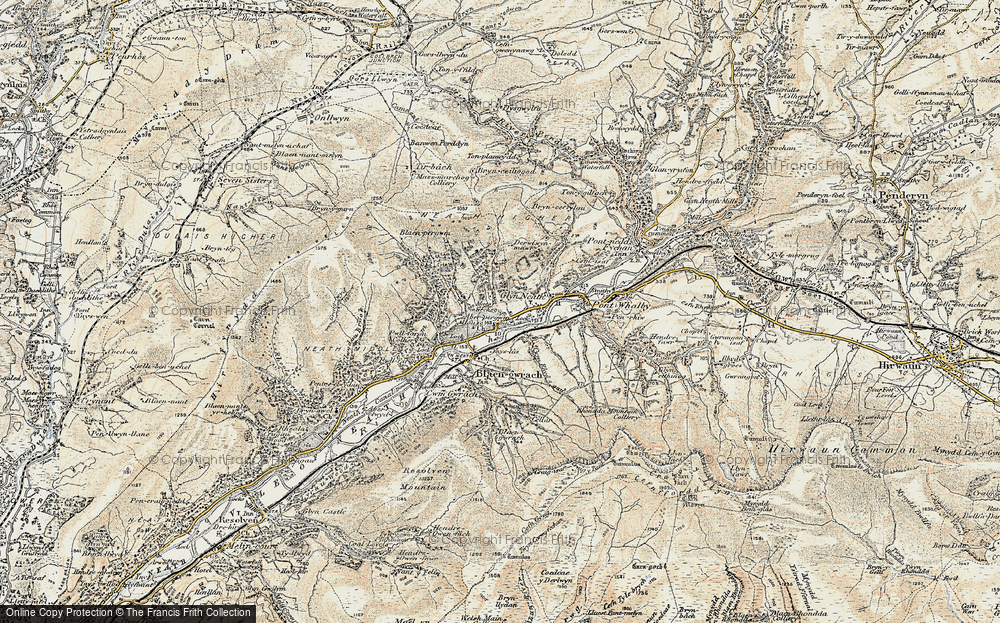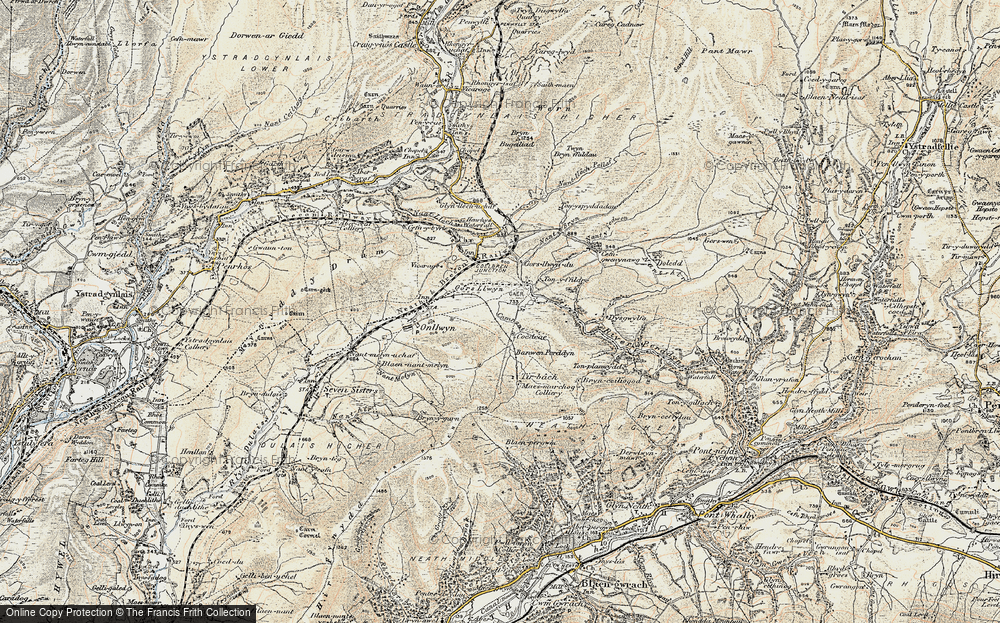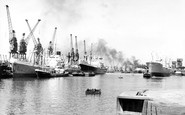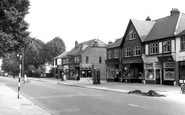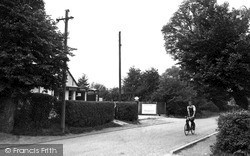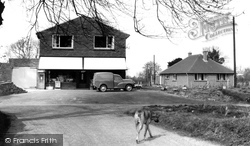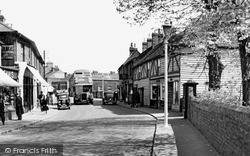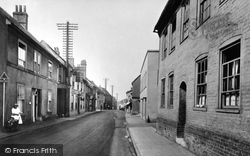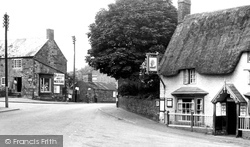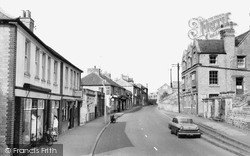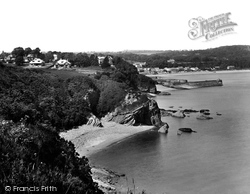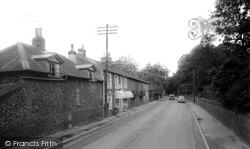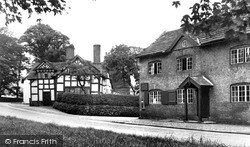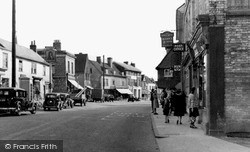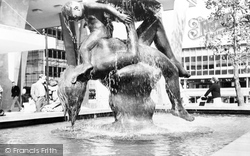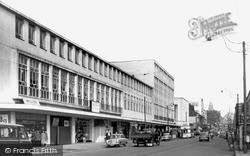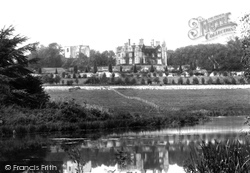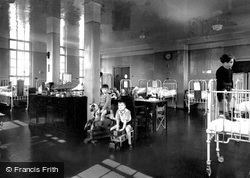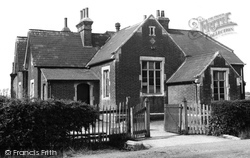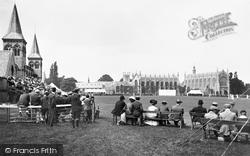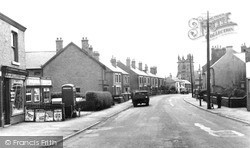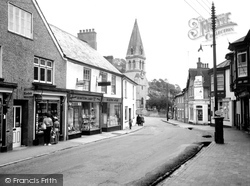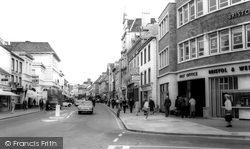Places
9 places found.
Those places high-lighted have photos. All locations may have maps, books and memories.
Photos
2,748 photos found. Showing results 321 to 340.
Maps
776 maps found.
Books
1 books found. Showing results 385 to 1.
Memories
2,735 memories found. Showing results 161 to 170.
Holidays In Saham Hills
Just after the war we visited Saham Hills quite regular from Hull. We stayed with an aunt and uncle of my father's by the name of Smith. He was called Charlie, his wife was Pat and they had a son who was called young ...Read more
A memory of Saham Hills in 1950 by
A Winter Crossing On The North Sea
I well remember the King George Dock as I embarked here with 33rd Signal Regiment (a TAVR unit formerly known as the Lancashire and Cheshire Yeomanry). We were en route to Germany having a posting ...Read more
A memory of Kingston upon Hull in 1968 by
Shops
Picture shows the junction of Main Road with Crossways. I moved to Crossways aged 7 in 1961. The shop on the corner by the phone box was a Co-op, and the one on the far side of Crossways was a Post Office. From 1961 to 1970 I caught the ...Read more
A memory of Gidea Park in 1963 by
Air Raids
These memories are as fresh in my mind as if they happened last week. Boston had its share of air raids, the first one was on a rainy Monday, it was July, the first day of our summer school holidays. It would be about 7.15 am when we ...Read more
A memory of Boston in 1940 by
From Woodland Road To Cheshire Via The Penllwyn
On June 11th 1952 in the front downstairs room, (or close by) of 14 Woodland Road I let out my first cry. My early days of Pont are blurred, because they were not happy days. But I do remember ...Read more
A memory of Pontllanfraith by
Evacuation During The Second World War
During the early years of the Second World War my father was posted to the Royal Artillery camp in Almondbury and when we were bombed in our home in Hull he found a small house for my mother, sisiter and I ...Read more
A memory of Kirkheaton in 1940 by
Terrible Place
I lived and went to school in Shotton Colliery, and hated the place. Luckily I realised that living there was not for me, so at the age of 16 I joined the RAF and was posted to Wiltshire, clean air, beautiful rolling downs, ...Read more
A memory of Shotton Colliery in 1950 by
How Good Barking Was In The 1950s
I was born in Shirley Gardens in 1935, right opposite Barking Park where I spent most of my childhood at Barking open air lido. What a magnificent place that was! My father was a policeman in Barking so we always ...Read more
A memory of Barking by
Great Haseley
I was five when I moved to Great Haseley from Newington, near Stadhampton, with my mother, father and brother. The year was 1957 and Horse Close Cottages was a new housing estate - we were thrilled to have a bathroom and an ...Read more
A memory of Great Haseley by
Childhood Holidays
I will never know why, but we used to take the train to Lundin Links, and then taxi to Lower Largo. I don't know when these holidays started (I was born in 1957 and there are certainly photos of me around 3 years old). ...Read more
A memory of Lower Largo in 1965 by
Captions
1,653 captions found. Showing results 385 to 408.
D & E Flack's (left) was a general store and post office serving the area north of the Southend road. By the end of the 1950s, outlying shops were competing with the new Town Centre development.
Mr P T Andrews, grocer and provision merchant, ran the Post Office Stores and made deliveries throughout the district.
Further along Park Street we find Lower Gordon Road; the Post Office, run by a Mr H L Love, is on the corner. The premises have since been converted into a private house.
The Sanctuary is now well surfaced to accomodate motor traffic, and a 'Keep Left' notice has been fixed to the lamp-post at the end of Queen Victoria Street.
A London Transport RTL-class bus on the 87 approaches the Clock Tower from White Post Corner.
Ingatestone's livelihood came from its position on the London-Chelmsford road. Even the 'stone' in its name may refer to a milestone.
On the corner by the wall is a Midland bus timetable; across the road is Blisworth Post Office, with its huge advert for Players Navy Mixture.
The post office next door is now clad in painted roughcast and the buildings beyond that have been demolished.
The Square, the building located at the head of the slipway, was once the village post office and is now part of the Mermaid restaurant.
The flint Post Office Stores and cottages have changed very little; the brickwork is still partly painted. To the left is an entrance to Montana, a Roman Catholic residential home.
Both now privately owned houses, the building on the right was the village shop and post office, whilst the black and white building was once a pub, the Eagle and Child, more popularly
Ongar was an important staging-post for carriers, passenger-coaches and wagons. In 1717, the town's first postmaster was earning a yearly salary of £25.
Gweek was at one time a port of some significance at the head of the tidal Helford River, which lies between the buildings and the wooded hillside.
The growth is self-evident here, with Brooke House's massive V-shaped struts in the background (left) and the post office under construction.
Post-war reconstruction and redevelopment of the Moor was just one of many schemes to rebuild the city. As well as on commercial and retail developments, a major effort was made on housing.
An early 20th-century view of that bastion of English life, the Post Office. Here is a lovely half- timbered building in this picturesque little village on the Canterbury road.
These children are part of the post-war baby boom. Although on a busy road junction in central London, the wards had rural views thanks to the extensive Brompton Cemetery at the back.
Stanhill Post Office was the home of James Hargreaves, the inventor in 1764 of the Spinning Jenny. His invention made an enormous contribution to the textile industry.
According to a directory of 1899, it then consisted of a post office, a blacksmith, a grocery shop, a bakery-cum-beer shop, and a few farms.
At the height of the British Empire, the colleges took in the children of military officers and civil servants posted to far-flung corners of Queen Victoria's realm.
The post office stands on the right, with a stamp machine on the wall outside. The massive keep of the castle that gives the village its name attracts many visitors.
Local news, however, is provided by the 'Nottingham Post'.
On the opposite side of the road are the chemist's Hinton Lake and the post office.
Now, an architecturally unsympathetic post office occupies the corner of Queen Street/Boutport Street, Clarkes printing works has become Clarkes Hotel and Symons has lost its glorious canopy.
Places (9)
Photos (2748)
Memories (2735)
Books (1)
Maps (776)



